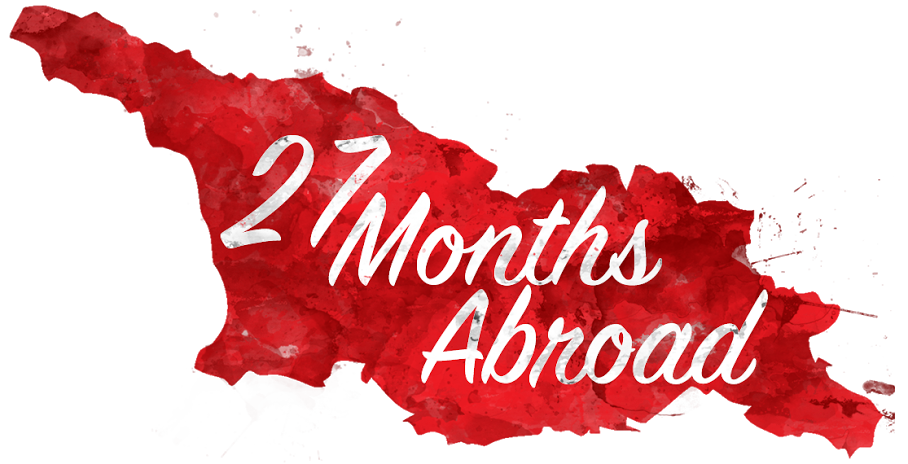After nearly three months, my school finally started last Friday. And it couldn’t have started soon enough because I was running out of things to talk about on here.
My school is great, but there’s one big problem. The teachers I work with are too nice. When the Georgian language teacher is not showering me with compliments about my looks (Justin looks like a handsome Georgian man.) and 3rd-grade Georgian language skills (Justin’s Georgian is great!), the other teachers are peppering me with little jabs of kindness left and right. I’m not talking about one or two teachers either; the kindness crew is six strong and growing. They feed me. They make my tea. They always give me directions on how to get home. They disregard my reminders that I know how to get home by now because I’ve been living here for 3 months. I’m like their big, bald, 28-year-old Peace Corps man-child who can’t make it on his own.

One of their common tactics is paying for my bus (They are called marshutkas here.). Marshutkas run almost all day, and many people use them to get around; they cost about 20 cents. Not much right? So I will be sitting in the window seat with a rando Georgian sitting next to me because it’s a bus, and random people sit next to each other. Gee, Justin can you explain more obvious things to us? At this moment a teacher I work with will hop on the marshutka. The teachers I work with always get off before me because I don’t live close, and right before they get off, they look back at me and smile. By this point, I already know the deed is done, and there is nothing I can do to stop it. The teacher will say, “I’m paying for you; it’s my treat!” and hop off the marshutka. I can’t stop it. They won’t let me pay them back either. They are the Antonio Browns of paying for bus fare-flawless execution and quickness.

How can I pay them back? I got peanuts. Literally, I’ve got peanuts. I’m in the teachers’ lounge offering teachers my nuts during every free period. I’m pitching peanuts like peanuts are paying me more than peanuts. I’ve won over a few teachers, but progress is slow. I’ve tried telling them that peanuts are a great source of protein, niacin, and monosaturated fats. It kinda gets lost in translation, so I just say my nuts have lots of vitamins.








